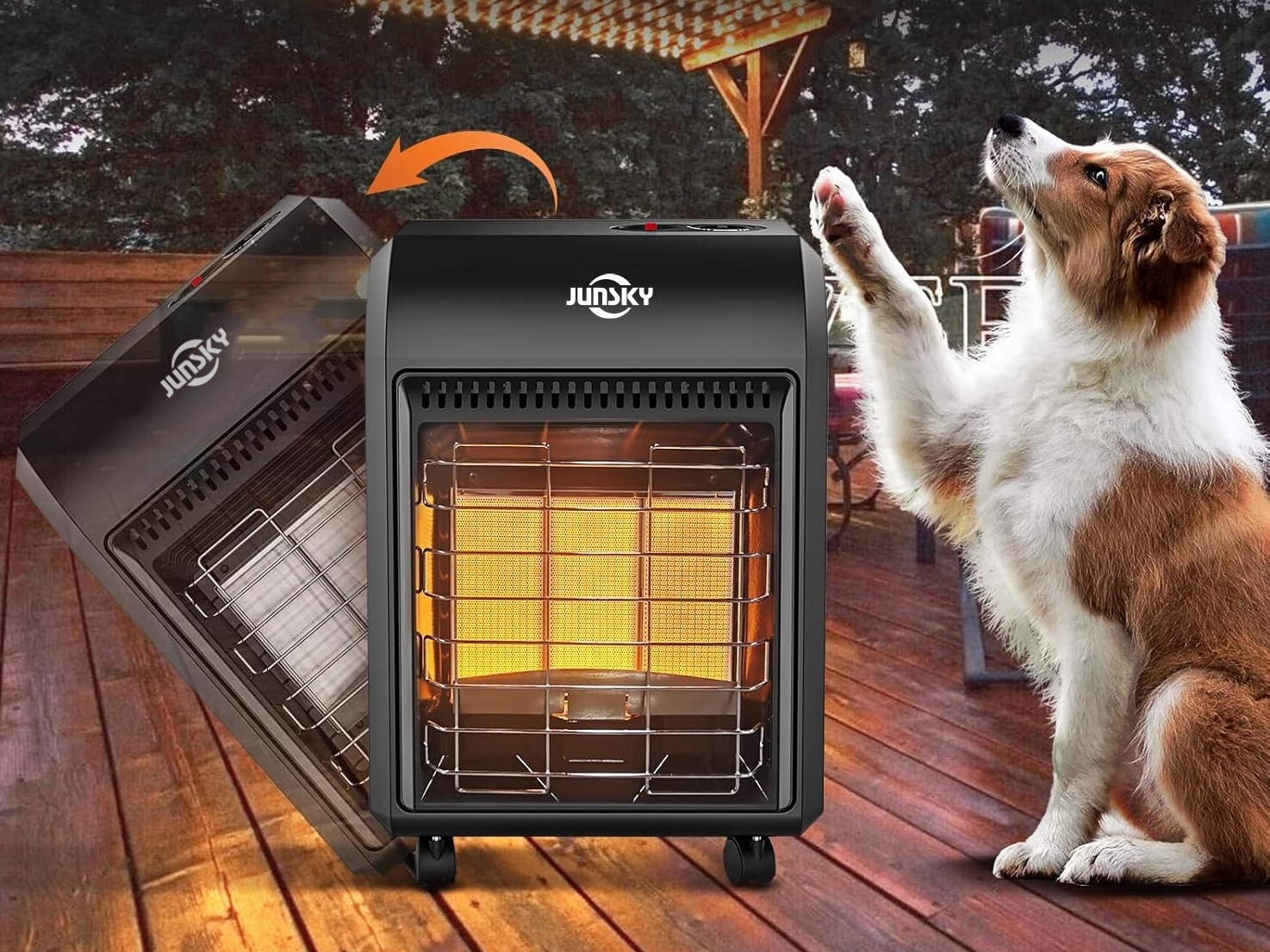A Beginner’s Guide to Indoor Gas Water Heaters: How They Work and Why They Matter
2025-10-02
This post introduces how indoor gas water heaters work, their main components, and why many U.S. homeowners prefer gas over electric models. It covers safety essentials, venting requirements, and factors affecting gas water heater installation cost. Readers will understand key benefits—fast heating, energy efficiency, and steady hot-water supply—plus basic indoor gas water heater safety tips for reliable long-term use.

When it comes to selecting a reliable hot-water system for your home, understanding the basics of an indoor gas water heater is a great first step. In the United States market, “indoor gas water heater” is a term that covers units installed inside the building envelope (rather than outside), powered by natural gas (or sometimes propane), and vented appropriately indoors. In this beginner’s guide we’ll walk through what an indoor gas water heater is, how it works, why homeowners might choose one, and what to look out for before you call a plumber.
What is an Indoor Gas Water Heater?
An indoor gas water heater is a hot-water appliance that uses natural gas combustion to heat water and is mounted inside the home (e.g., a utility closet, basement, or mechanical room), rather than being located outdoors. The benefit of an indoor installation is that the unit is protected from weather, easier to maintain, and typically integrated into the home’s plumbing and venting system. Because it is indoors, proper venting, safety sensors (like oxygen‐depletion sensors and flame failure detection) are required under U.S. building codes.
How Does It Work?
Here’s a simplified breakdown of the process:
Cold water enters the unit from the household supply.
A gas burner ignites when there is a demand for hot water (either via sensor or manual activation).
The burner heats a heat exchanger, which in turn transfers heat to the water.
The now-hot water flows out to the taps/showers/appliances.
Combustion gases are vented safely (via chimney or direct venting) and safety systems monitor combustion and oxygen levels.
Because the unit is indoors, the venting path must take into account the fact that fresh air for combustion may come from inside or via a sealed exterior intake. Some units are designed for sealed combustion (drawing air from outside) to avoid degrading indoor air quality.
Why Choose an Indoor Gas Water Heater?
There are several reasons a homeowner might opt for this type of unit:
Efficiency and fuel cost: Gas water heaters often cost less to operate per unit of hot water delivered compared to electric-resistance models (depending on local utility rates).
Recovery rate: A properly sized indoor gas water heater can recover hot water supply more rapidly after heavy use (showers, laundry, etc.).
Space and integration: Since the unit is inside, it can be installed where plumbing and gas lines are readily accessible, and is protected from extreme weather.
Controllability and technology: Modern units may include electronic ignition, modulating burners, and improved venting for better performance.
Safety and Venting Considerations
Because we’re dealing with gas combustion indoors, safety is critical. Key points include:
Proper venting to exhaust combustion gases (CO, NOx) to the outside.
Adequate intake air for the burner—sealed-combustion or direct-vent models are often used to avoid pulling conditioned air from the home.
Sensors like flame failure, overheat protection, oxygen depletion sensors (ODS) may be required depending on local code.
Periodic maintenance to check for leaks, clear vent passages, and ensure proper combustion.
Summary
In this beginner’s guide we’ve covered the fundamentals of what an indoor gas water heater is, how it works, and why homeowners in the USA might choose one. As we move on to the next blog, we’ll explore the different types of indoor gas water heaters available on the U.S. market — a helpful step if you’re considering a purchase, replacement, or upgrade.
TAG:
Related Blog







